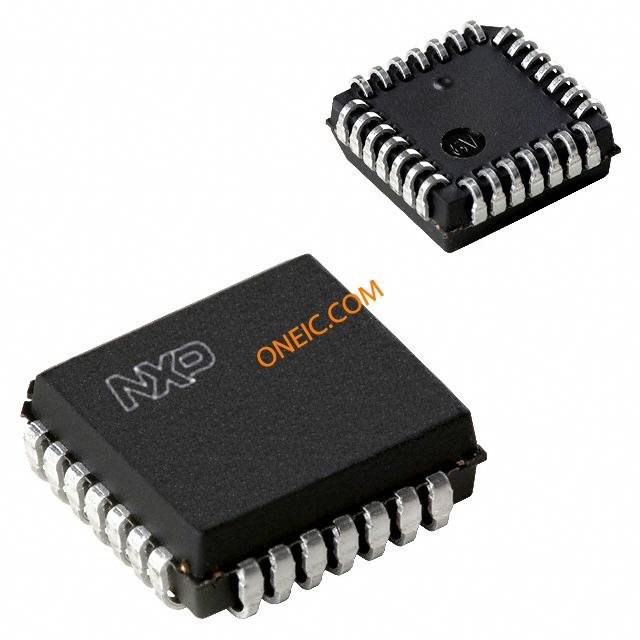P89LPC936
8-bit 80C51 microcontrollers with 16KB Flash, 28-pin TSSOP/PLCC packaging
Manufacturer: nxp
series introduction
# Introduction to the P89LPC936 Product Series
## 1. Overview
The P89LPC936 product series is a remarkable line of microcontrollers developed by NXP Semiconductors. These microcontrollers are designed to offer a high - performance, cost - effective solution for a wide range of embedded applications. With their advanced features and capabilities, they have become a popular choice among engineers and developers in various industries.
## 2. Key Features
### 2.1. High - Performance 80C51 Core
- The P89LPC936 is based on an enhanced 80C51 microcontroller core. This core provides a familiar and well - established programming environment for developers who are already experienced with the 80C51 architecture.
- It operates at a high clock speed, which enables fast execution of instructions. This high - speed operation is crucial for applications that require real - time processing, such as motor control and data acquisition systems.
### 2.2. On - Chip Memory
- **Flash Memory**: The microcontroller comes with a significant amount of on - chip Flash memory. This non - volatile memory allows for the storage of program code, which can be easily reprogrammed. The large Flash memory capacity enables the implementation of complex algorithms and applications, reducing the need for external memory devices.
- **Data Memory**: It also features a sufficient amount of on - chip data memory (RAM). This RAM is used for storing temporary data during program execution, such as variables, buffers, and intermediate results.
### 2.3. Peripheral Devices
- **UART (Universal Asynchronous Receiver - Transmitter)**: The P89LPC936 is equipped with a UART interface, which is widely used for serial communication. It allows the microcontroller to communicate with other devices, such as computers, sensors, and actuators, using standard serial protocols. This makes it easy to integrate the microcontroller into existing systems.
- **SPI (Serial Peripheral Interface)**: The SPI interface provides a high - speed serial communication option. It is commonly used for communicating with external devices like EEPROMs, ADCs (Analog - to - Digital Converters), and DACs (Digital - to - Analog Converters). The SPI interface offers fast data transfer rates and is suitable for applications that require high - speed data exchange.
- **I²C (Inter - Integrated Circuit)**: The I²C interface is a popular two - wire serial communication protocol. It is used for connecting multiple devices on a single bus, allowing for easy expansion and integration of various sensors and other peripherals. The P89LPC936's I²C interface simplifies the design of multi - device systems.
- **Timers/Counters**: Multiple timers and counters are available on the microcontroller. These can be used for a variety of purposes, such as generating time delays, measuring time intervals, and controlling the speed of motors. The timers can be configured in different modes to meet the specific requirements of the application.
- **Analog - to - Digital Converter (ADC)**: An on - chip ADC is provided, which allows the microcontroller to convert analog signals from sensors (such as temperature sensors, light sensors, etc.) into digital values. This enables the microcontroller to interface with the real - world analog environment and perform tasks such as data acquisition and monitoring.
### 2.4. Low - Power Operation
- The P89LPC936 is designed to operate with low power consumption. It offers different power - saving modes, such as idle mode and power - down mode. In idle mode, the CPU is halted while the peripherals can continue to operate, reducing power consumption without losing the data stored in the RAM. In power - down mode, the
Images for reference

28-TSSOP

28-PLCC,SOT261-2

Image Preview